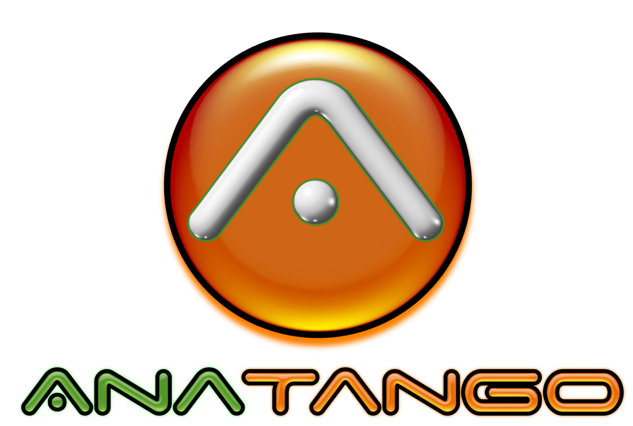 Sure, it takes two to tango, but how many people does it take to AnaTango? That question has been answered by entrepreneur and CEO Michael S. Saddik. After noticing an industry-wide technology management problem, Saddik founded AnaTango in 2009.
Sure, it takes two to tango, but how many people does it take to AnaTango? That question has been answered by entrepreneur and CEO Michael S. Saddik. After noticing an industry-wide technology management problem, Saddik founded AnaTango in 2009.
“No matter what company I was with, [there was] no single [management] system that ran across the board. A weekly meeting would be the only way to get status reports, explained Saddik. “In this day and age…there should be one system that lets you see where you are and what you’re doing.”
AnaTango has a cloud-based management suite that is designed to help businesses work more efficiently together. The foundation of the suite is AnaTango’s Adaptive Management Infrastructure (AMI). AnaTango’s focus when it began was developing AMI as a proper background application that could cut the production time of any app in half.
“We realized we weren’t going to build one application,” Saddik said. “We’re going to have a platform that allows us to turn out applications quickly without having to start over each time.”
AnaTango currently has two applications in its suite, Anavoy and Anavation. Anavoy replaces traditional Enterprise Resource Planning (ERP) applications for a business. ERPs help companies manage information from different internal units, such as finance and manufacturing. But AnaTango is not the only company on the market that offers ERP services; applications like Adaxa Suite and JFire offer competition.
However, Anavoy is different from other ERPs in that it takes a cloud-based approach. AnaTango maintains its own servers for the companies, thus ensuring that the entire company is running the same version of the product and can access the data from anywhere. Anavoy replaces ERP applications with lower initial and maintenance costs while utilizing a shorter implementation time.
Anavation is a set of strategic planning tools for large and small businesses, and is designed to fill a gap in existing management planning tools. Companies often hire a consultant to work with the management to build these types of customized tools, Saddik explained; such tools are often built using programs like Microsoft Excel. Other companies pay what can be a large cost to customize Microsoft Sharepoint to fit their needs.
The AnaTango team built Anavation to be a standalone tool offering a core management model. One key to the model is giving companies a solid management methodology, which is not necessarily at the forefront of many companies’ business practices, Saddik explained. “A lot of executives are hired because they are the best, not necessarily [because they are] the best fit for the companies,” said Saddik.
The lack of a solid management methodology doesn’t matter as much when a company is performing in the black, Saddik explained. With the current economic climate, however, Saddik said he believes businesses would do well to put a solid management methodology in place.
AnaTango is looking to expand its Management suite early next year with a third application. The company is also looking to secure VC funding in 2012.
To learn more you can also check out AnaTango’s Facebook or Twitter.









